Google is quietly working on something that could fundamentally change how we interact with our phones when they are "sleeping." Most of us know the basic always-on display that shows a clock and a few notifications. Android 17 appears ready to turn that into something far more powerful. The upcoming version will introduce a feature called "Min Mode" that allows applications to display their own simplified interfaces on your phone's always-on display, according to Android Authority. This is not just a minor tweak, it is a reimagining of what your phone can do while it looks idle. Think glanceable apps, not just a clock. Why wake your phone if it can meet you halfway?
Unlike traditional AOD that simply overlays information on a black screen, Min Mode creates full-screen application experiences specifically designed for this low-power state, reporting and code analysis by Android Authority indicates. The feature operates using the same ultra-low-power display technology as current AOD implementations, ensuring developers can build meaningful functionality without sacrificing the battery life that makes AOD practical for daily use, as reported by Android Authority. Battery stays happy, you still get what you need.
How Min Mode actually works under the hood
Let us break down the technical implementation, because this is where things get interesting. Applications will register specialized components through their manifest files using a "MinModeActivity" designation, Android Authority reports. Think of it as a stripped-down version of your app that is built to run in an ultra-low-power state.
The system tracks which application was active before the screen turned off and checks whether that app has a compatible Min Mode interface available, according to the technical analysis. Here is the elegant part. When you are using a supported app and your screen dims, instead of reverting to the standard clock, your phone keeps a context-aware version of that app's interface. It feels like your app never really sleeps, it just changes into more comfortable clothes.
Min Mode functions as a separate display state rather than replacing traditional always-on functionality, as Android Authority explains. That design lets developers create AOD-compliant activities that show essentials without the overhead of a full app. The system enforces power rules so these minimal interfaces stay efficient while still doing something useful.
From what I can tell, this shifts how we think about idle device states. Your phone is not really "off" anymore, it is aware of context and ready to surface what matters based on what you were doing when the screen dimmed.
Google Maps leads the charge with practical implementation
Google appears to be dogfooding this feature with Maps, and it is a natural testing ground. The company is creating a specialized power-saving interface that strips away unnecessary UI elements and converts the display to monochrome, Android Authority has discovered. Picture turn-by-turn navigation visible even when your phone looks off, without the drain of the full Maps UI. Anyone who has watched a battery melt away on a long drive knows how big that could be.
The technical evidence backs this up, with code references that point to "com.google.android.apps.gmm.features.minmode.MinModeActivity" as the component for this functionality, according to Android Authority's analysis. There are system-level checks to verify whether AOD Min Mode is enabled, research indicates, giving users control over which apps can tap in.
The Maps example hints at Min Mode's potential beyond simple status screens. By preserving essential navigation context and shedding power-hungry UI, Google is modeling how to keep function while honoring AOD's battery-first promise. You can imagine similar wins for workouts, music controls, or focused work sessions, persistent, glanceable interfaces without the cost of fully waking the screen.
What this means for the broader Android ecosystem
Min Mode is more than a new API, it fits into Google's push to make Android adapt to device type and context. It lands alongside other expected changes in Android 17 like mandatory adaptive layouts for larger screens and improved desktop mode, as detailed in industry analysis. The timing points to a future where the line between phone, tablet, and desktop feels a lot thinner.
The developer opportunity here reaches beyond current AOD limits. Fitness apps could surface live metrics, smart home controllers could show device status with quick toggles, productivity tools could keep your next appointment in view. The trick is to design for value and restraint at the same time.
Adoption will decide Min Mode's fate, and Google's strategy suggests they get that. By starting with Maps, an app that clearly benefits from a persistent, contextual display, they are showing both how it works and why users care. The choice to provide a concrete reference implementation helps developers past the usual first hurdle, not just how to use the API, but where it shines.
With Android 17's developer previews expected to begin in November 2025, according to development timelines, we should see broader Min Mode experiments roll out. The foundation looks solid. The test is whether developers ship versions that improve daily interactions, not just more visual noise on an idle screen.
The bigger picture: rethinking idle device interaction
Min Mode fits a larger trend of making devices more aware and responsive, even in low-power states. This is not about cramming more widgets onto an always-on display, it is about rethinking what "idle" means for a phone. Google's approach suggests a future where phones offer a steady stream of relevant, low-cost information without paying the usual screen-on penalty.
It also aligns with Android's growing focus on large screens and multi-window use, as evidenced by recent platform changes. Foldables and tablets have more AOD real estate, which makes persistent information especially useful during long sessions. Imagine a foldable where one panel runs your main app while the other keeps a Min Mode view alive, the kind of seamless, context-aware experience that actually feels futuristic.
What stands out is how this could reset our habits around notifications and updates. Instead of constantly waking the phone, you glance. Your fitness app keeps progress visible, your music app shows the current track with basic controls, your navigation app holds route guidance in view, all without the usual routine of wake, unlock, hunt for the app.
Success depends on balancing usefulness with restraint. The best Min Mode designs will resist stuffing in features for their own sake, and focus on the one or two things you genuinely need while the device is at rest.
Bottom line, Android 17's Min Mode looks like a thoughtful evolution of always-on display tech that could change how we interact with devices during idle states. We will still need the developer previews to see how it lands in practice, but the early technical evidence suggests Google has expanded AOD without compromising the battery efficiency that makes it viable day to day. The groundwork is there for richer, more contextual idle experiences, and the real win will come if Min Mode interfaces make everyday interactions smoother rather than adding another layer of screen clutter.




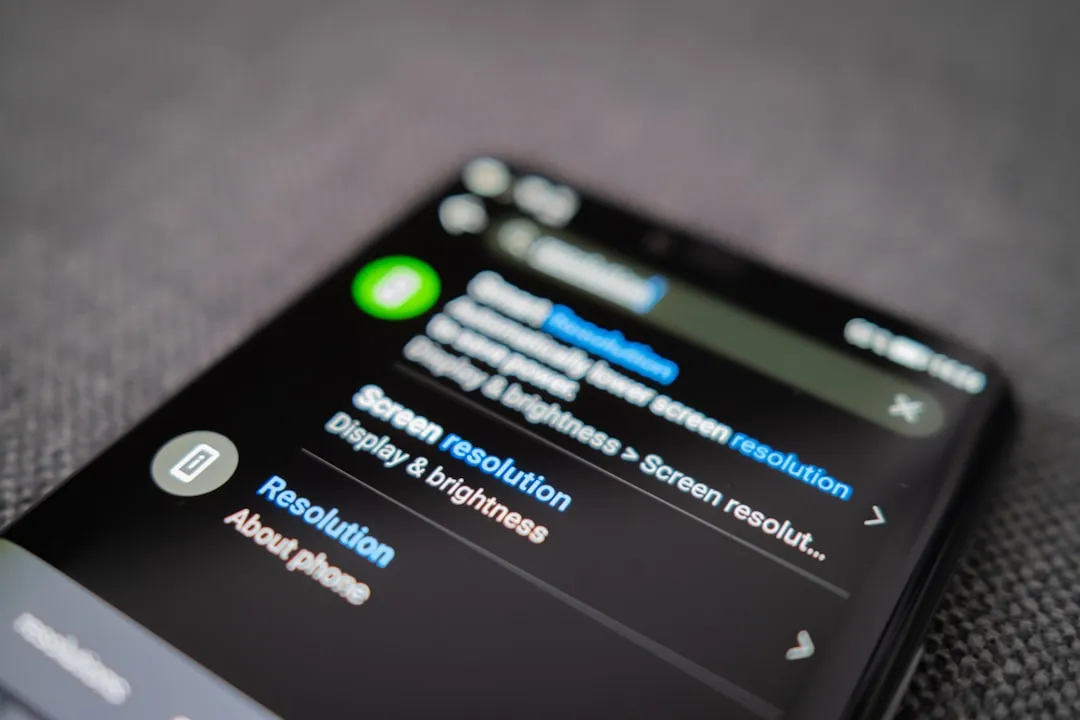

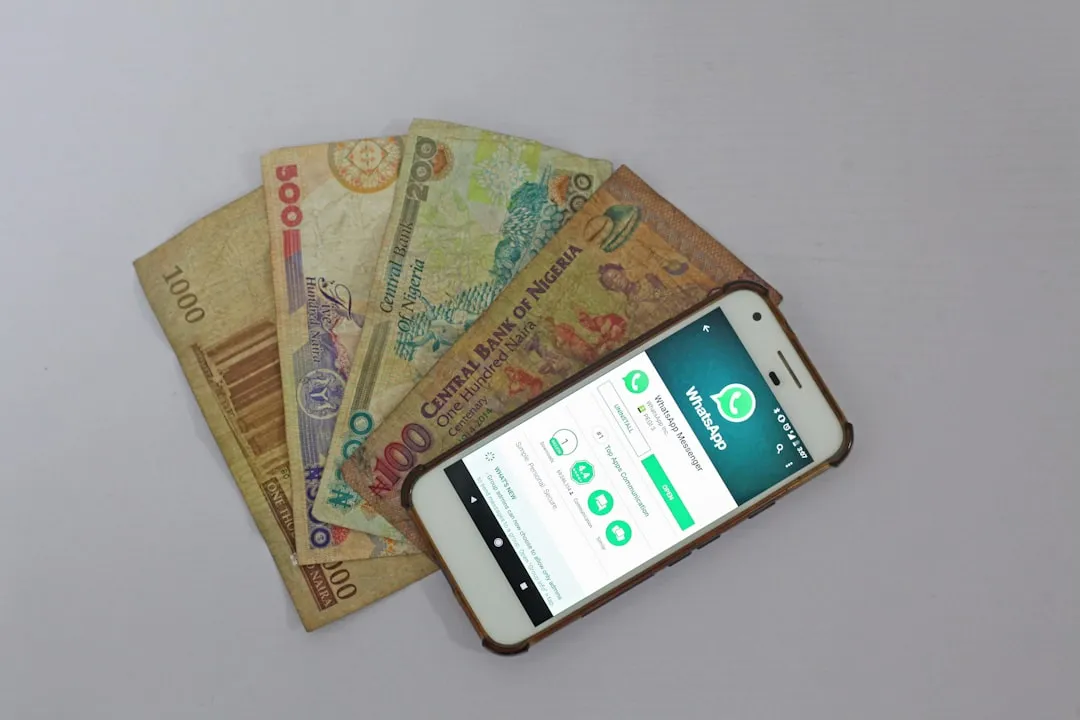
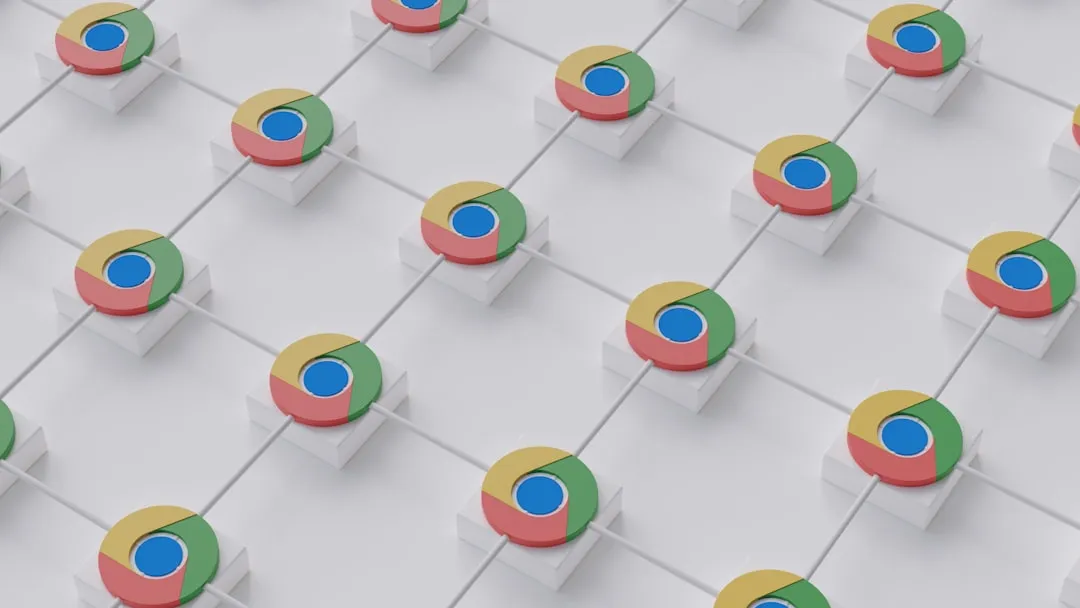
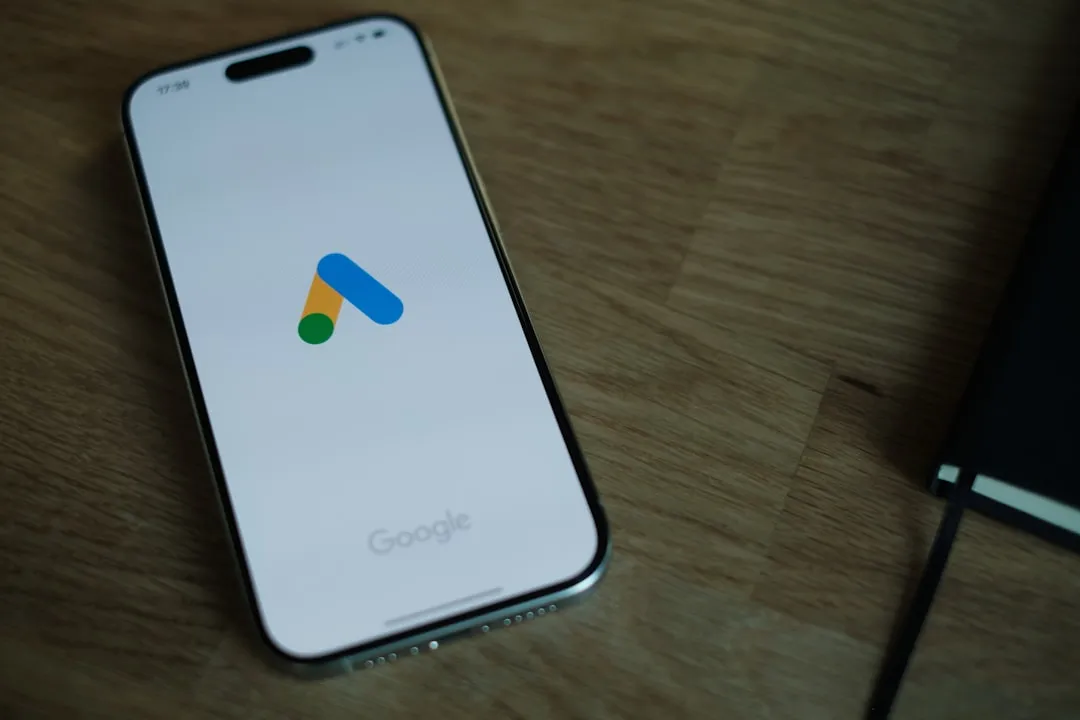

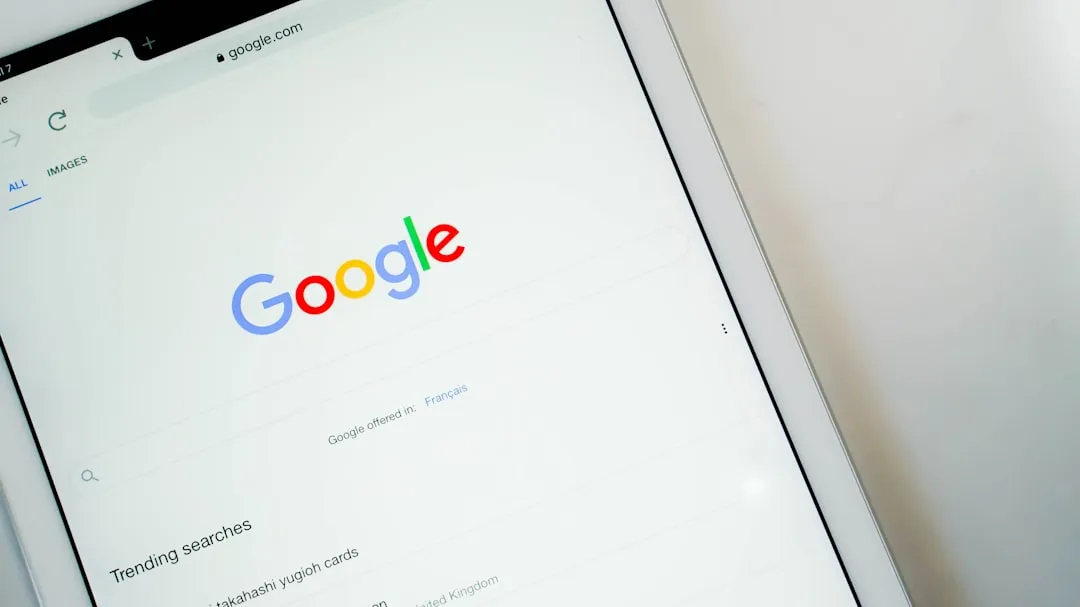
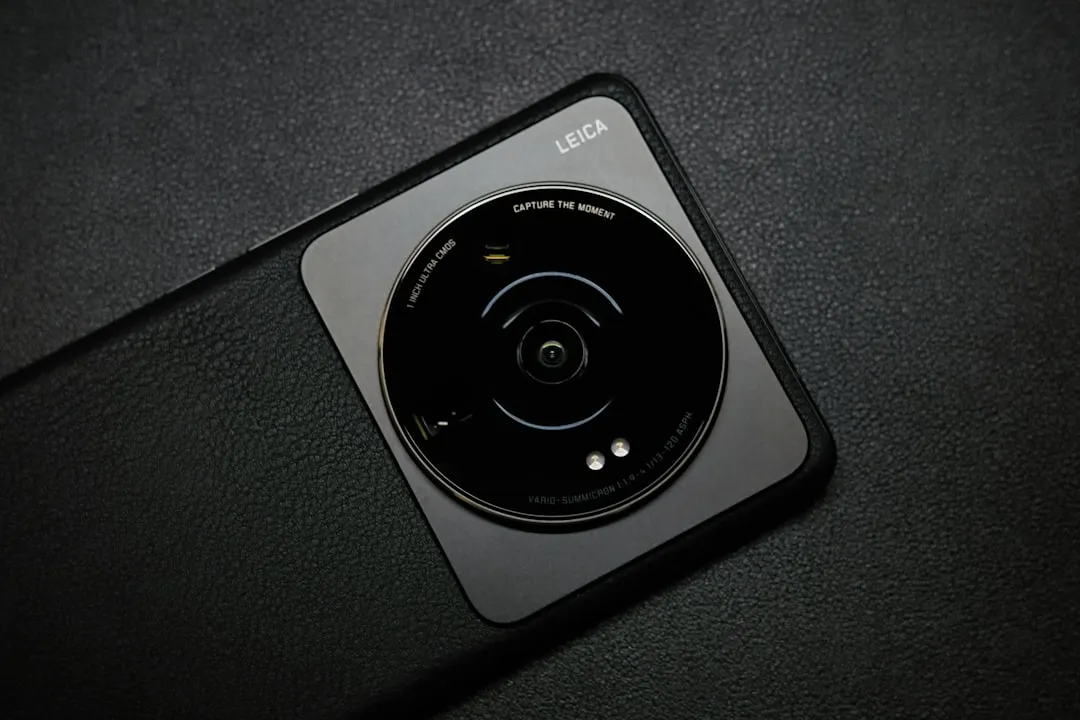

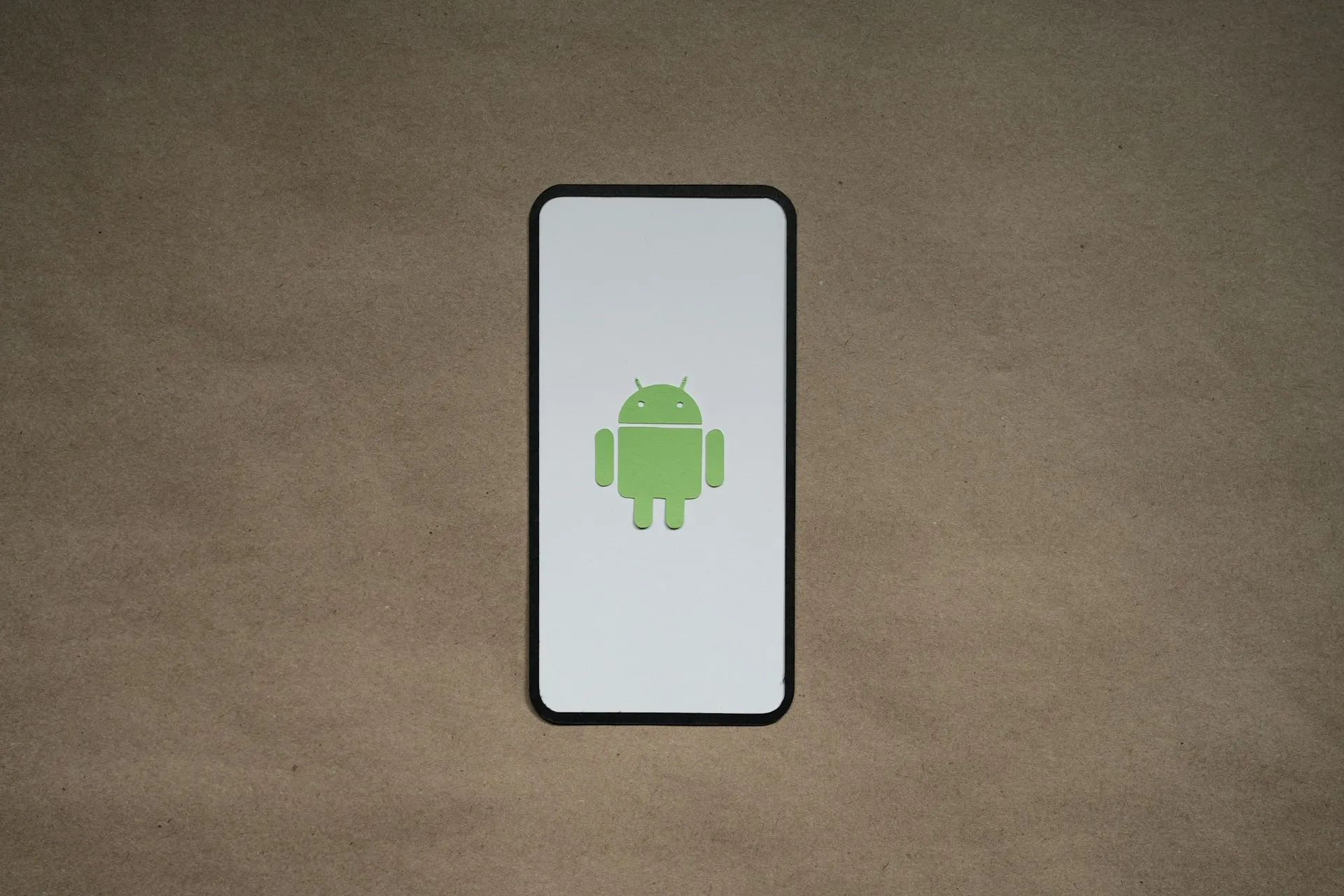

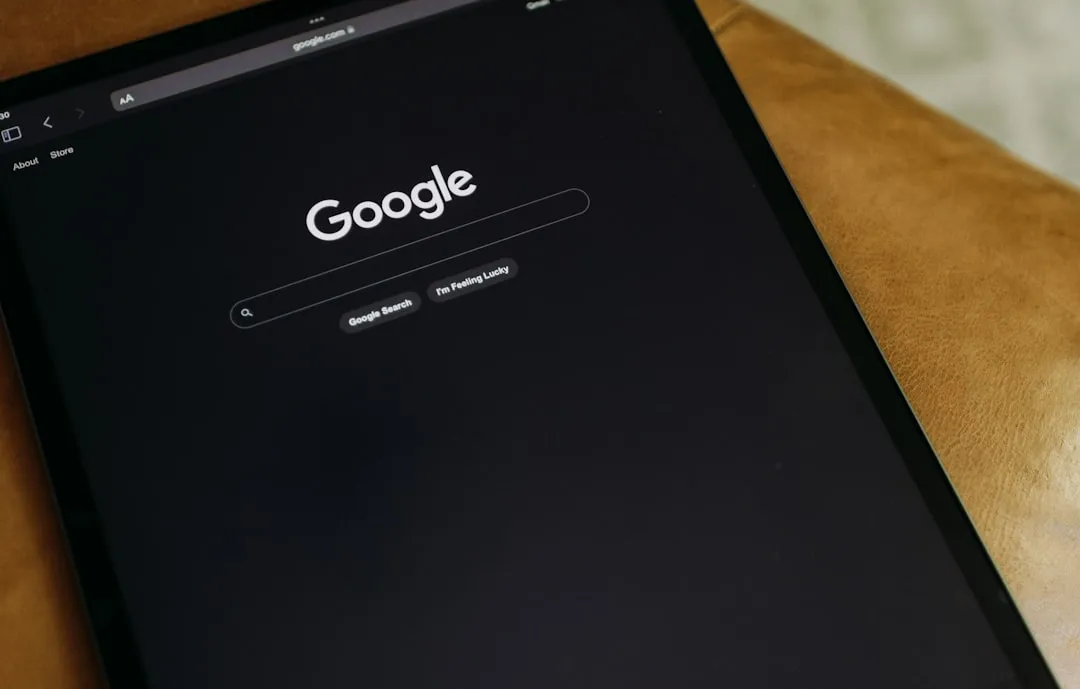
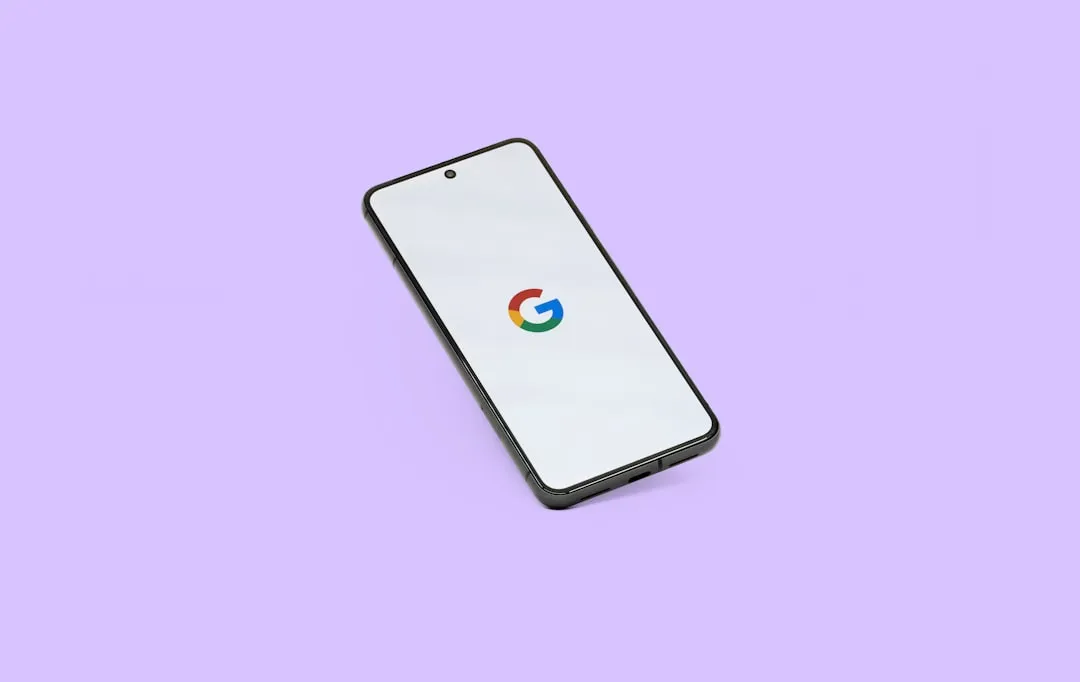
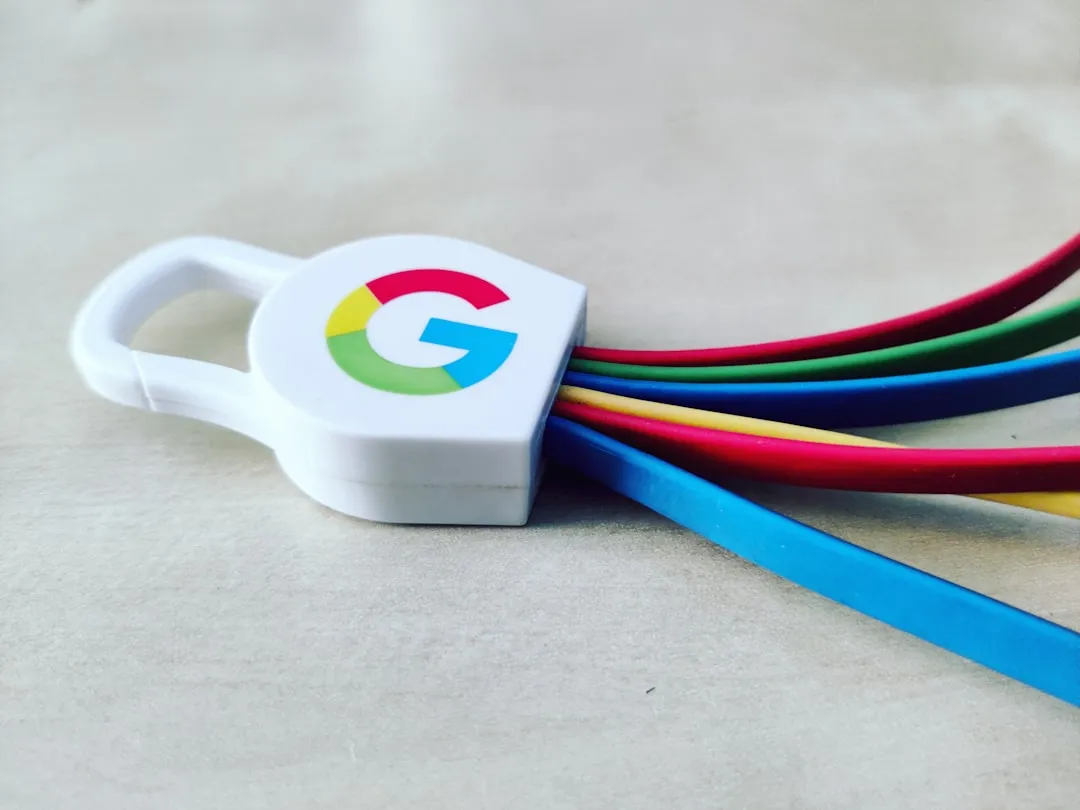
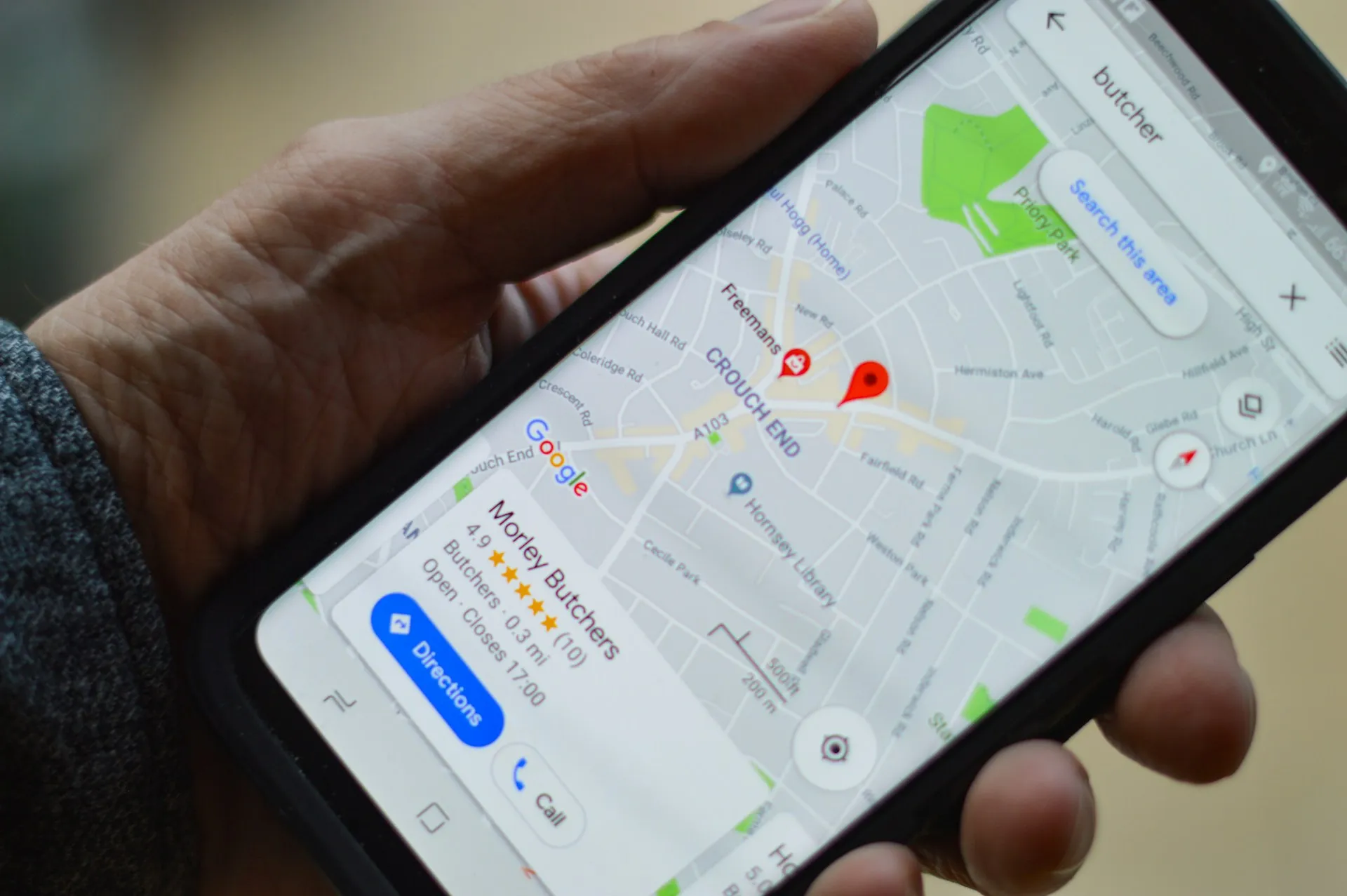
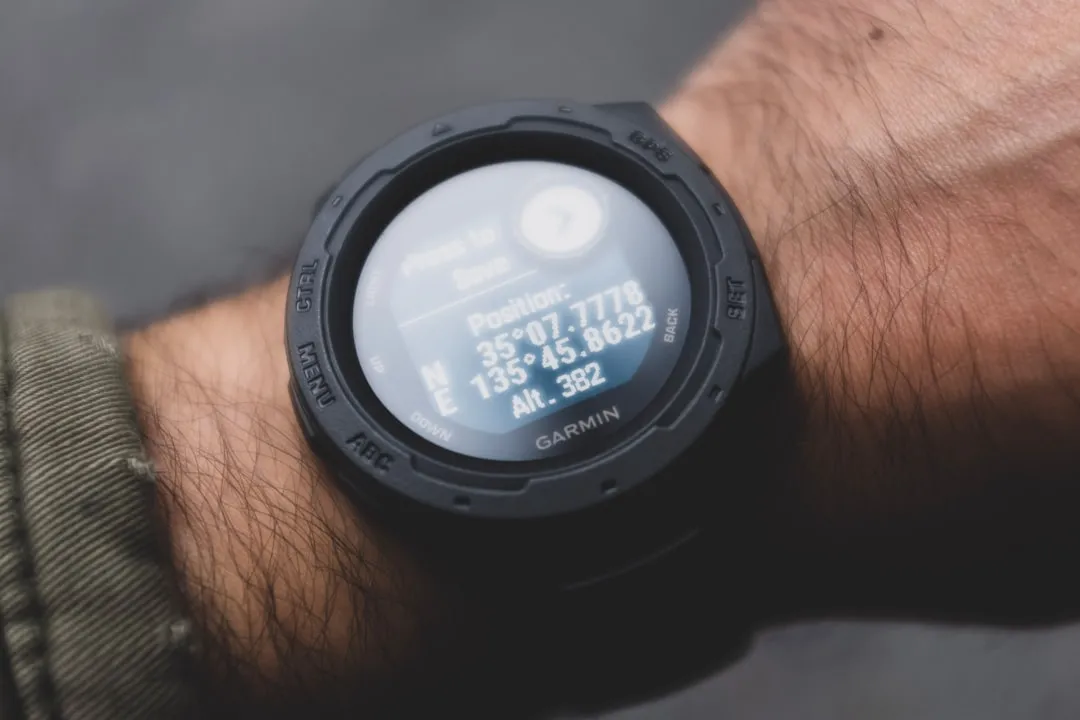
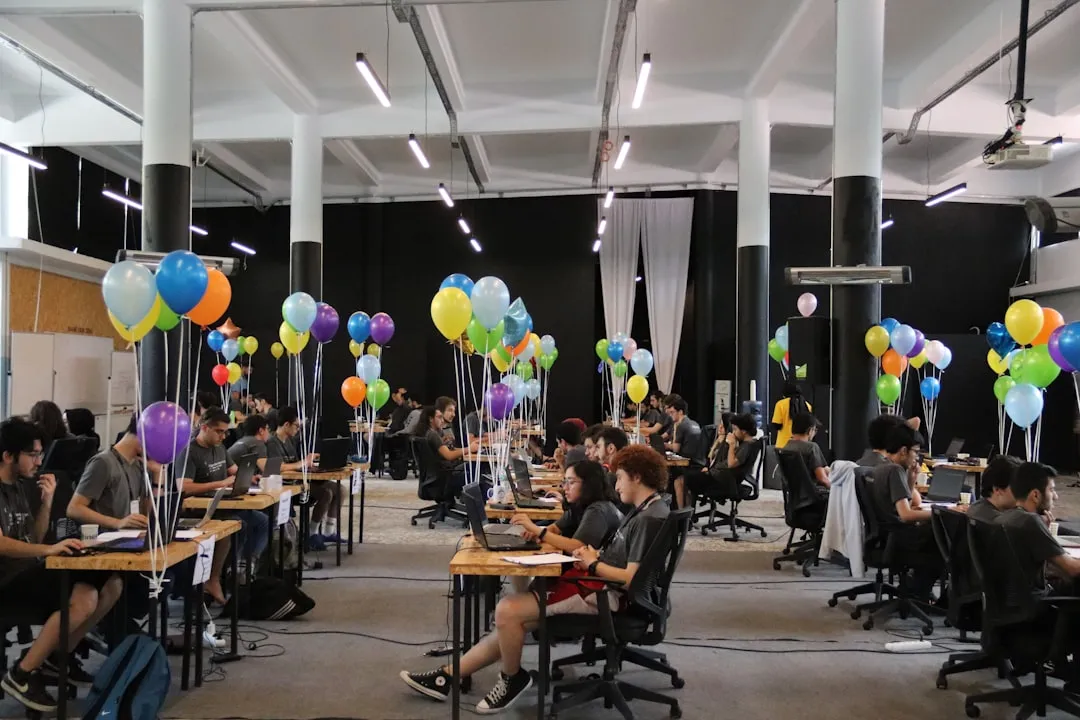
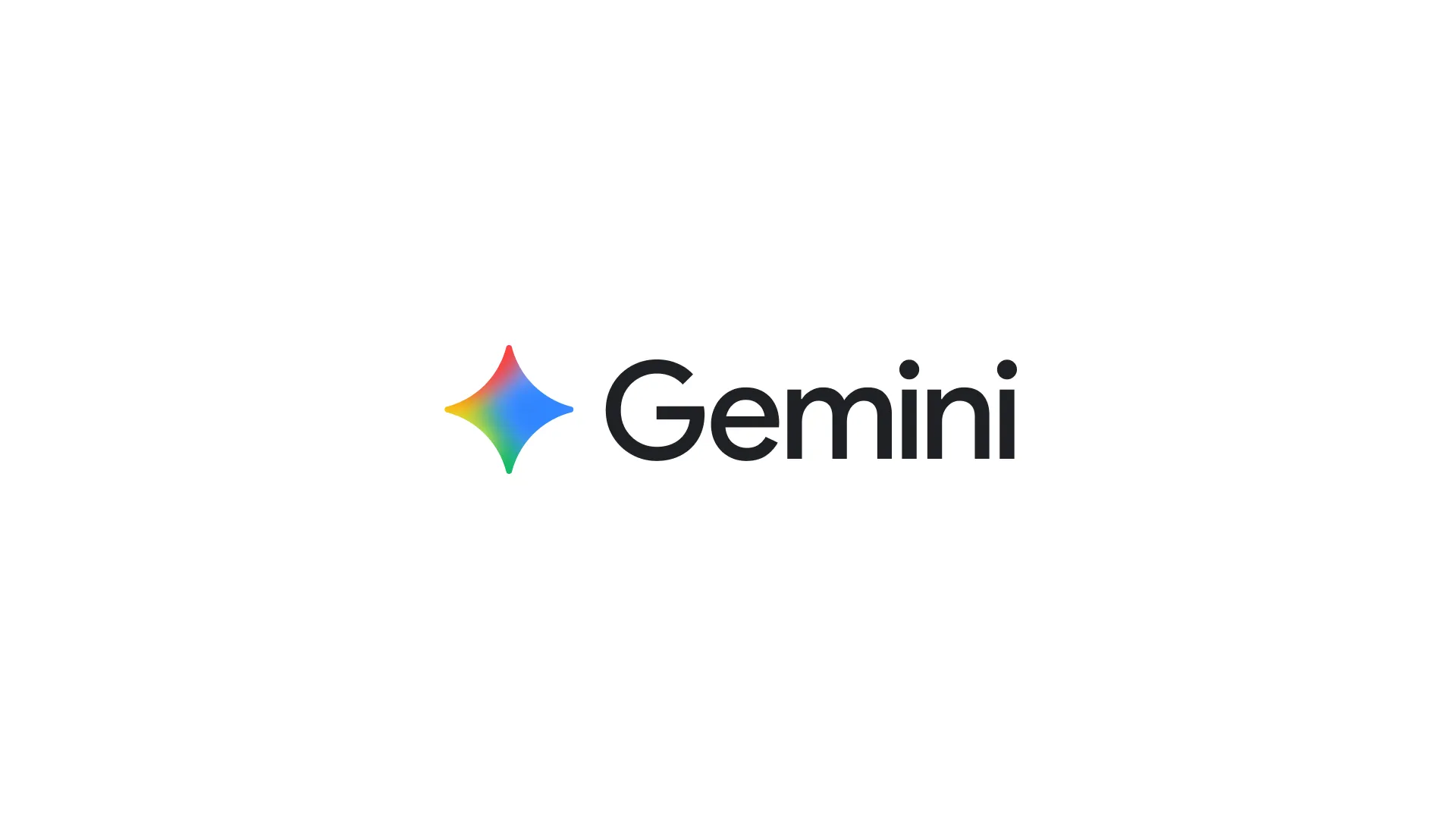
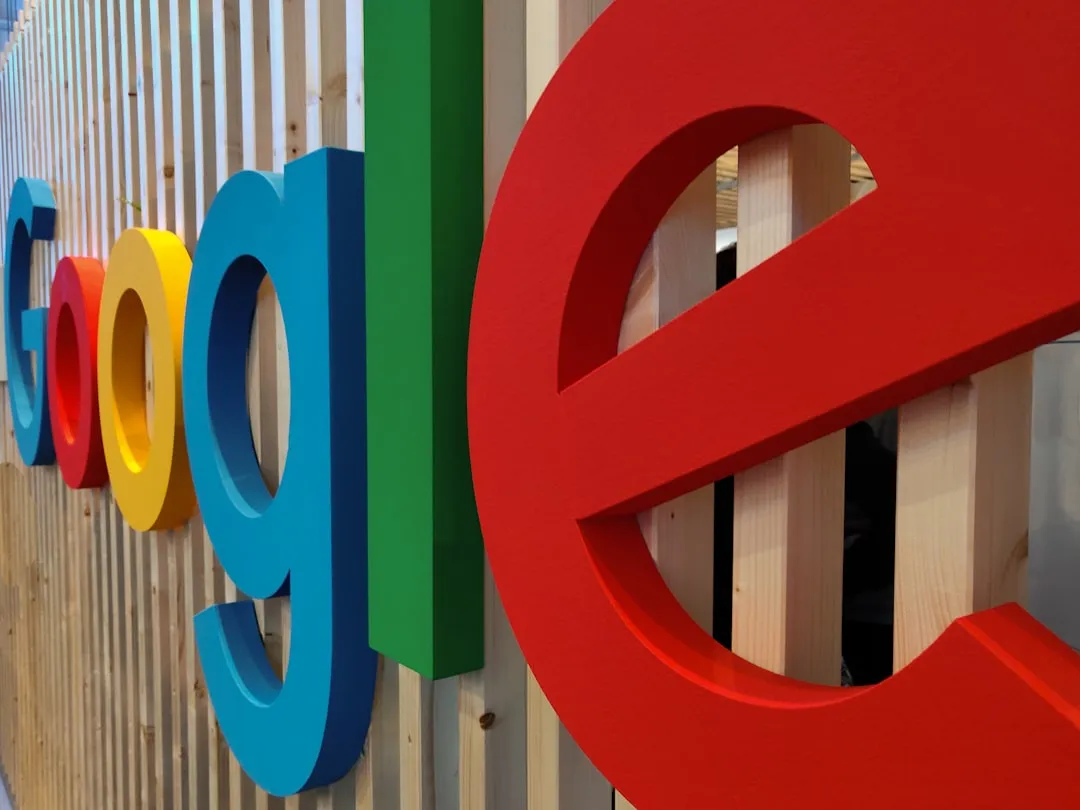
Comments
Be the first, drop a comment!